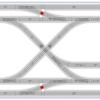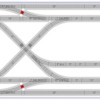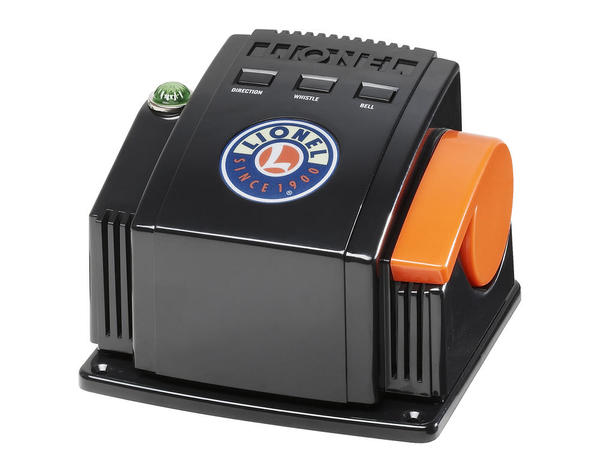Glad to hear that you will be including your grandson and that you found some of your old train equipment - a little cleaning and lubrication and those should be ready to go! I have found working on the layout and equipment to be quite therapeutic. You and your grandson will have some fun times ahead. You might enjoy these threads as well:
1. https://ogrforum.ogaugerr.com/...21#71397234021074821
2. https://ogrforum.ogaugerr.com/...ith-a-7-year-old-boy
3. https://ogrforum.ogaugerr.com/...accessories-for-kids
For transformers, you will get varying opinions. If you will be running anything with a circuit board (i.e., Lionchief, Lionchief Plus, TMCC, Legacy, MTH Proto, etc.) You will want protection from transient voltage spikes. Most, if not all, modern transformers (i.e., Lionel CW80, CW180, Lionel ZW-L, MTH Z-1000, MTH Z-4000, etc.) have built in protection against transient voltage spikes. You can add Transient Voltage Supression Diode(s) to a postwar transformer such as classic ZW by placing a TVS diode (Purchased here: https://www.digikey.com/produc...E36CALFCT-ND/1530580) from the common post to the variable voltage post. On a postwar transformer, you would also want to add an in-line quick acting breaker (5 amps) (the existing circuit breaker in the postwar transformer protects the transformer from short circuits, it does not protect the train - which could be the end of the circuit board.) The closer the TVS diode is to the device you are protecting the better: You can read more here or search the forum for TVS Diode:
1. https://ogrforum.ogaugerr.com/...cal-surge-protection
2. https://ogrforum.ogaugerr.com/...postwar-transformers
I would suggest "overbuying" on your transformer from the beginning as it will be easier to add on in the future. In this case I am suggesting a MTH Z-4000, refurbished postwar Lionel ZW (with added in-line breakers and TVS diodes), or lionel ZW-L among other transformers that I am probably overlooking. Although, you could certainly get by with 2 Lionel CW80s OR two MTH Z-1000 OR two smaller postwar transformers. My personal suggestion would be a postwar Lionel ZW with the added in-line breakers and TVS diodes. Hopefully someone else will also chime in with their transformer suggestion. I know a lot of guys like the z-4000 as well. If you are getting a lionchief set, some (maybe all) only come with power bricks (i.e., no handle for variable operation, only a constant 16-18 volts).
As far as wiring, I would set up the outer loop and inner loop on separate variable voltage lines or blocks. That way, you can run your old postwar trains on either loop with variable voltage, and you can also set the transformer at the recommended constant voltage for the Lionchief to run on either loop as well. Between the switches going from outer loop to inner loop, you will need a gap in the center rail to have a separation of power between the outside and inside loops. You could probably get by with two feeder wires to each loop (represented by black dots in the picture below) although the more track feeders, the more even your track power will be. You can use crimp spade connectors to connect to any piece of fastrack, so you don't need to only rely on the wire terminal section of track. On a ZW, there are common terminals (aka U, Neutral, outside rail) and there are 4 different variable voltage terminals (A,B,C, and D) (aka hot or center rail). Again if using a postwar ZW and a Lionchief engine, be sure to use TVS diodes at the transformer terminal and add an inline quick acting breaker on the hot wire to the track.
Terminal A (right handle ) powers the outside loop. Terminal D (left handle) powers the inner loop. I would then set up Terminal B for trackside accessories and terminal C for constant voltage to switch tracks.
This is a lot of information, but please reach out if you need clarification, have questions, or if something isn't working the way you expect it to. Hope this helps!
All the best,
JD
























